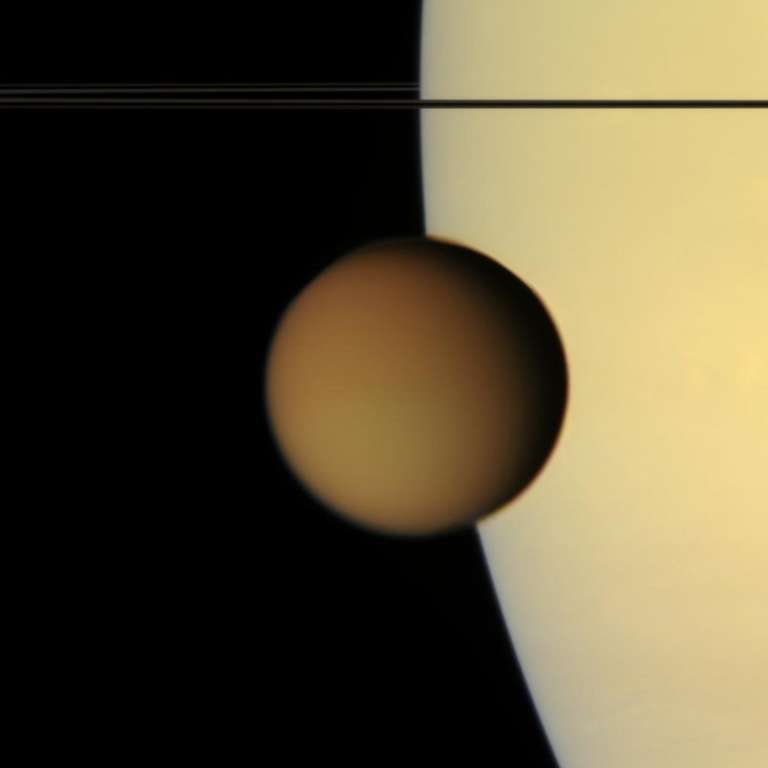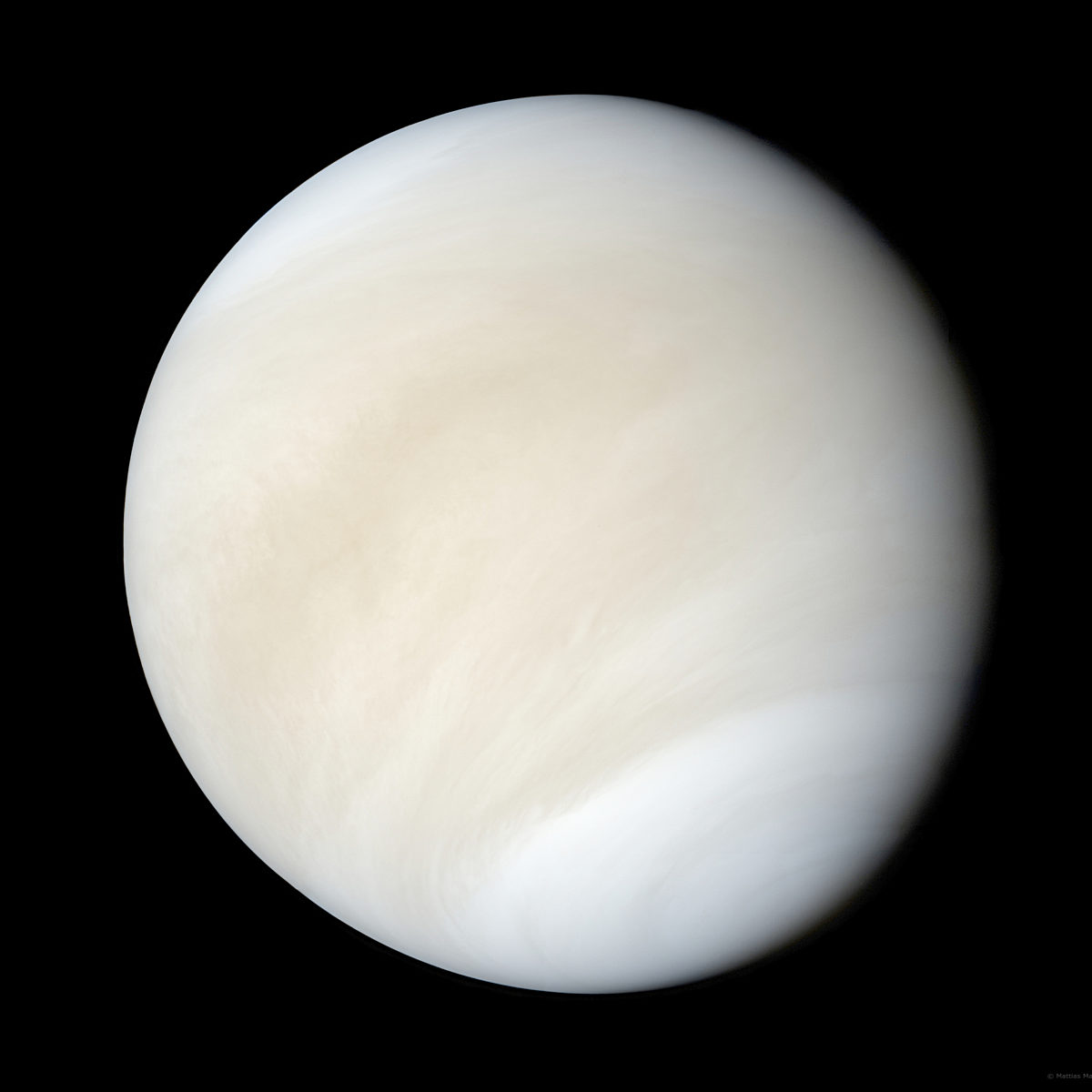All
All
Stories, updates, insights, and original analysis from The Planetary Society.
Observing at the WIYN
On May 5 and 6, I had a run on the WIYN (Wisconsin-Indiana-Yale-NOAO) telescope, a 3.5 m telescope, the second largest telescope on Kitt Peak in Arizona.
Zapping Rocks for Science
Laser beams and space exploration are perfect for each other, and not just because all self-respecting starship captains know their way around a blaster. It turns out that zapping rocks with a laser is not only fun, it also can tell you what they're made of!
Neat video of Curiosity drive testing (plus a code-cracking challenge)
The Jet Propulsion Laboratory has posted a short video showing some recent testing of an engineering model of the Mars Science Laboratory in their outdoor Mars Yard; they're testing the performance of the rover's driving capability over slopes of varying steepness and covered with bedrock, compacted sand, and very loose sand.
Bye bye, Kodachrome, but "Kodak moments" will live on in space
This week is the end for Kodachrome film. It's a casualty of the digital revolution.
I can't wait for MAHLI to land on Mars
JPL has just released some test images from the camera that has just been installed on the end of the Curiosity rover's robotic arm.
365 Days of Astronomy Podcast: The Flight of Hayabusa
Today the 365 Days of Astronomy podcast aired my contribution, The Flight of Hayabusa, a recap of that dramatic mission.
Hayabusa's return: a review
Hayabusa's return: round up some of the amazing photos, movies, and artworks that were posted and shared and Tweeted and re-Tweeted over the previous dozen hours or so.
How radio telescopes get "images" of asteroids [DEPRECATED]
Every time I post a radio telescope image of a near-Earth asteroid, I get at least one reader question asking me to explain how radio telescopes take photos, so I'm hereby writing a post explaining the basics of how delay-Doppler imaging works.
APOLLO program pinpoints location of Lunokhod 1 retroreflector
With the recent Lunar Reconnaissance Orbiter imaging of the Lunokhod 1 rover, scientists on the APOLLO project were finally able to do something that scientists have been dreaming of for more than three decades: shoot the rover with a laser.
Hayabusa's coming home
It really looks like Hayabusa is going to make it home. Hayabusa's sample return capsule will be returning to Earth on June 13, 2010, landing in the Woomera Prohibited Area, Australia at about 14:00 UTC.
What about the non-imaging data from spacecraft?
Data from all science instruments on all of NASA's and ESA's space missions, not just cameras, is archived in the Planetary Data System and Planetary Science Archive, and almost all of that data is available online.
No, they can't push with the arm to free Spirit
I've gotten this question about once a week since Spirit got stuck, but yesterday, two different readers asked the same question within an hour of each other, so I figured it was time for a blog entry.
Hayabusa's still coming home: JAXA engineers come up with yet another creative solution
Trouble has come time and again to JAXA's little Hayabusa asteroid sample return mission, yet the mission's engineers always come up with new and creative ways to solve problems.
Tracking the stars -- and Earth
This was a neat photo from ESA today.
Hayabusa stumbles on the path back to Earth
JAXA issued a press release (in Japanese) on November 9 stating that one of Hayabusa's ion thrusters, thruster D, had stopped operating. Hayabusa launched with four ion thrusters, but D was one of only two that are still functioning. So the failure of thruster D is a serious problem.
Mars Science Laboratory Instruments: MARDI
Next up in my series of posts about the instruments on MSL is the Mars Descent Imager (MARDI).
Mars Science Laboratory Instruments: MAHLI
Last time, I talked about the MastCam color cameras on MSL, so it only makes sense to continue with one of the other cameras: The Mars Hand Lens Imager (MAHLI).
Mars Science Laboratory Instruments: Mastcam
A few weeks ago I gave a lunch talk at Cornell summarizing the MSL mission and particularly the instruments that it will carry and was shocked by the number of people who showed up!
Exploring Mars on Earth: The Arctic Mars Analog Svalbard Expedition
High in the Arctic, just below Earth's north polar ice cap, biologists, geologists, and engineers come together in Svalbard every August to practice and prepare for an expedition to Mars.
Gravity's Bow
Timothy Reed explains how optical telescopes are tested for gravity sag, and the methods used to counteract or compensate for it.


 Explore Worlds
Explore Worlds Find Life
Find Life Defend Earth
Defend Earth


 Sun
Sun Mercury
Mercury Venus
Venus Earth
Earth Mars
Mars Jupiter
Jupiter Saturn
Saturn Uranus
Uranus Neptune
Neptune Small Bodies
Small Bodies
















